Anima Mundi, Beauty News
The Herbalist’s Guide to Spring Mushroom Foraging
Spring marks a period of remarkable natural resurgence, particularly noticeable in the world of fungi. As the earth comes alive, so too does an incredible variety of mushrooms, each with its unique flavors and nutritional benefits. This comprehensive guide will delve into the diverse mushrooms you can forage in spring, providing detailed insights to enhance both your foraging skills and culinary repertoire.
Delving into the World of Spring Mushrooms
The onset of spring initiates the growth of an extensive network of edible fungi. Let’s explore the mushrooms that are not only safe to forage but also beneficial for your health:
-
Morels (Morchella spp.): Highly sought after for their rich, earthy flavor and meaty texture, morels are nutritional powerhouses, abundant in protein, fiber, and essential minerals like potassium and vitamin D. They thrive in wooded areas near elms and oaks, emerging as true spring treasures.
-
Lion’s Mane (Hericium erinaceus): With its distinctive shaggy appearance, Lion’s Mane is revered for its potential to enhance cognitive functions and provide neuroprotective benefits. It is rich in antioxidants, vitamins, and minerals, making it a superfood for the brain.
-
Chicken of the Woods (Laetiporus sulphureus): This mushroom offers a mild, chicken-like flavor and tender texture, making it a favorite among vegetarians as a meat substitute. It’s an excellent source of protein and nutrients, found on oak and beech trees.
-
Oyster Mushrooms (Pleurotus ostreatus): These are versatile culinary delights, providing a subtle yet enriching flavor to dishes. Oyster mushrooms are packed with protein, fiber, B vitamins, and potassium, commonly found on dying or dead hardwoods.
-
Giant Puffball (Calvatia gigantea): Known for their anti-inflammatory properties and nutrient density, Giant Puffballs are a culinary delight. They are excellent in omelets and can be used as a tofu substitute in many recipes.
-
Maitake (Grifola frondosa): These mushrooms are famous for their immune-boosting properties and are rich in vitamins B and C, potassium, and selenium. Maitake prefers the base of oak trees and flourishes after rainfall, making late spring and early summer the ideal times for foraging.
-
Wood Ear (Auricularia angiospermum): Valued for their gelatinous texture and culinary versatility, Wood Ear mushrooms are a staple in many Asian cuisines and thrive in moist conditions on deciduous woods, especially after spring showers.
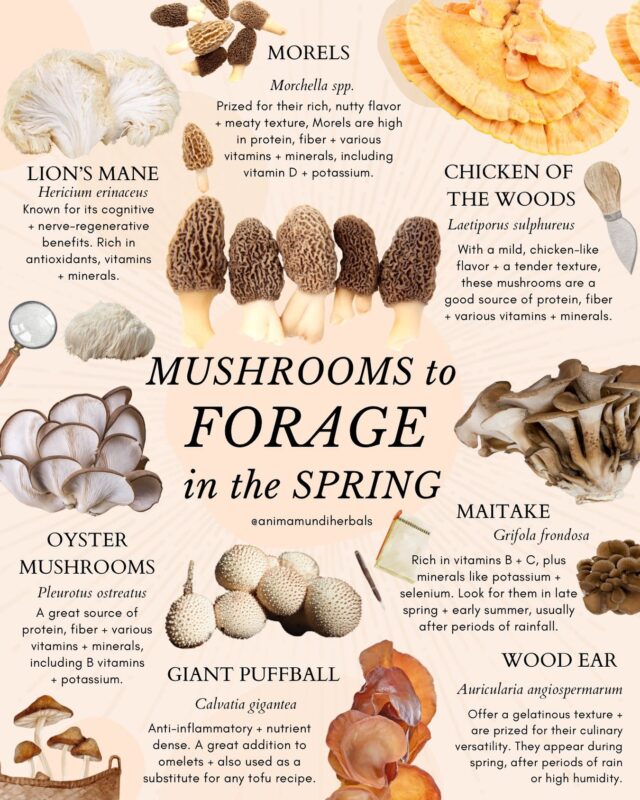
Foraging Safely and Responsibly
Mushroom foraging requires a careful approach to ensure safety and sustainability:
-
Identification: Learning to accurately identify mushrooms is crucial. Invest in a good field guide and consider joining local foraging groups or workshops led by experienced foragers.
-
Safety Precautions: Always avoid mushrooms that you cannot positively identify. Steer clear of those with white gills, rings on their stems, or bulbous bases, which often signify toxic species.
-
Sustainable Practices: Harvest responsibly. Use a knife to cut mushrooms, leaving the base intact to allow regrowth. Avoid overharvesting and respect wildlife habitats.
Culinary Creations with Foraged Mushrooms
Transform your foraged finds into gourmet dishes with these tips:
Sautéing Morels: Cook them in butter with garlic for a simple yet luxurious dish.
- Lion’s Mane Pasta: Incorporate it into creamy pasta dishes for a seafood-like flavor.
- Chicken of the Woods Stir-fry: Use it in stir-fries or as a chicken substitute in any recipe.
- Oyster Mushroom Risotto: Their delicate flavor complements the creamy texture of risotto beautifully.
- Giant Puffball Pizza: Slice them as a topping on pizzas for a unique flavor.
- Maitake Soup: Their earthy flavor enriches broths and soups, providing depth and nutrition.
- Wood Ear Asian Salad: Add them to salads for an extra crunch, enhancing the dish with their unique texture.
Embrace the Mushroom Season
Spring offers an ideal opportunity to connect with nature through the art of mushroom foraging. This activity not only provides a way to enjoy the great outdoors but also offers a means to gather fresh, nutritious ingredients for your kitchen. Remember, the key to successful foraging is respect for nature, a keen eye, and a sense of adventure. Equip yourself with the right knowledge, and enjoy the bounty that spring has to offer!

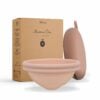
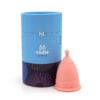



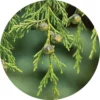









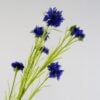


 Sautéing Morels: Cook them in butter with garlic for a simple yet luxurious dish.
Sautéing Morels: Cook them in butter with garlic for a simple yet luxurious dish.





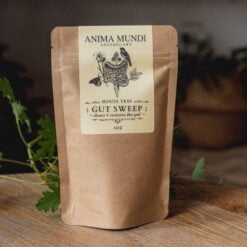
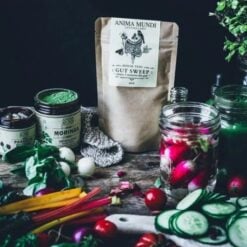

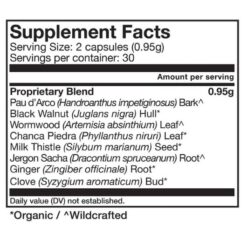































 Beauty Products
Beauty Products By Skintype
By Skintype Brands A-Z
Brands A-Z Wellness
Wellness Health / Nutrition
Health / Nutrition